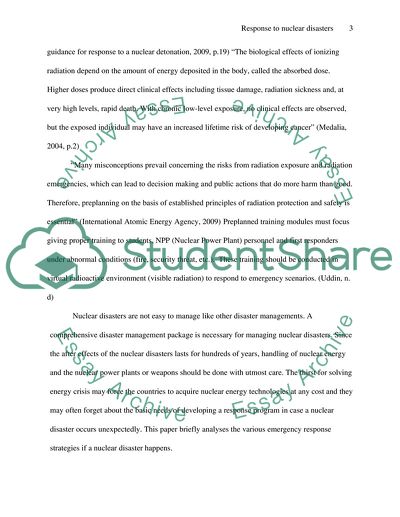Cite this document
(Emergency Response to Nuclear Disasters or Incidents Literature review, n.d.)
Emergency Response to Nuclear Disasters or Incidents Literature review. Retrieved from https://studentshare.org/environmental-studies/1729656-emergency-response-to-nuclear-disasters-or-incidents
Emergency Response to Nuclear Disasters or Incidents Literature review. Retrieved from https://studentshare.org/environmental-studies/1729656-emergency-response-to-nuclear-disasters-or-incidents
(Emergency Response to Nuclear Disasters or Incidents Literature Review)
Emergency Response to Nuclear Disasters or Incidents Literature Review. https://studentshare.org/environmental-studies/1729656-emergency-response-to-nuclear-disasters-or-incidents.
Emergency Response to Nuclear Disasters or Incidents Literature Review. https://studentshare.org/environmental-studies/1729656-emergency-response-to-nuclear-disasters-or-incidents.
“Emergency Response to Nuclear Disasters or Incidents Literature Review”, n.d. https://studentshare.org/environmental-studies/1729656-emergency-response-to-nuclear-disasters-or-incidents.


